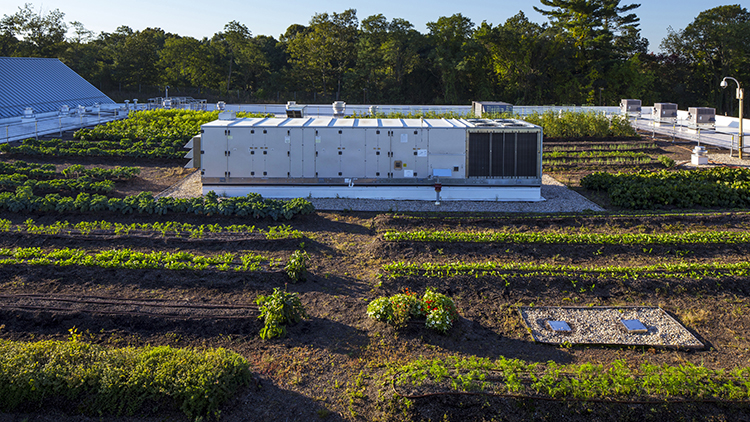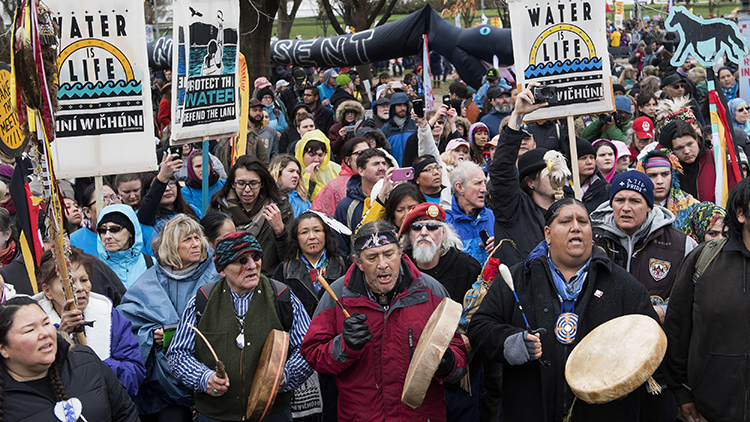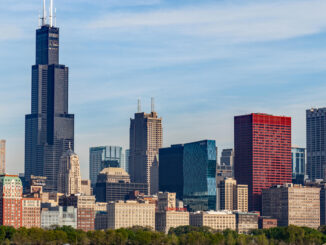
You have probably heard the word infrastructure a lot in the news lately. Infrastructure is the word used to describe all the facilities that support modern human life. The main items of infrastructure include the water supply, sewage plants, housing, roads, internet networks, food supply facilities, buildings, bridges, railways, hospitals, and shipping ports.
While we are thinking about the infrastructure, we also want to keep our environment clean and healthy. Green infrastructure is one way to do this. Green infrastructure uses elements from nature like vegetation and soil to create healthier environments in urban areas. Think about what happens when it rains. The land soaks up rain that helps things grow. But in cities, rain puddles on streets and sidewalks eventually runs into sewers. If those streets and sidewalks are dirty, the garbage swirls with the water down into sewers. That water has to be treated to be safe.
Scientists and urban planners use green infrastructure to mimic the way that fields and forests use water. Planting a garden at the edge of a street or sidewalk can help the environment. When it rains, the gardens capture the runoff from paved places. Instead of dirty water that moves to the sewers, the water stays in the ground. It might even grow flowers that make the city look more beautiful.
Green roofs are also part of green infrastructure. These gardens on top of buildings improve the air quality. They create park space and make homes for local wildlife. They keep buildings warmer, but make cities cooler outside. And they help bring food to places in cities where it might be difficult to find space to grow gardens.
What Do You Think? Where do you think your community could benefit from green infrastructure?
Photo Credit: Spaces Images/Blend Images LLC



